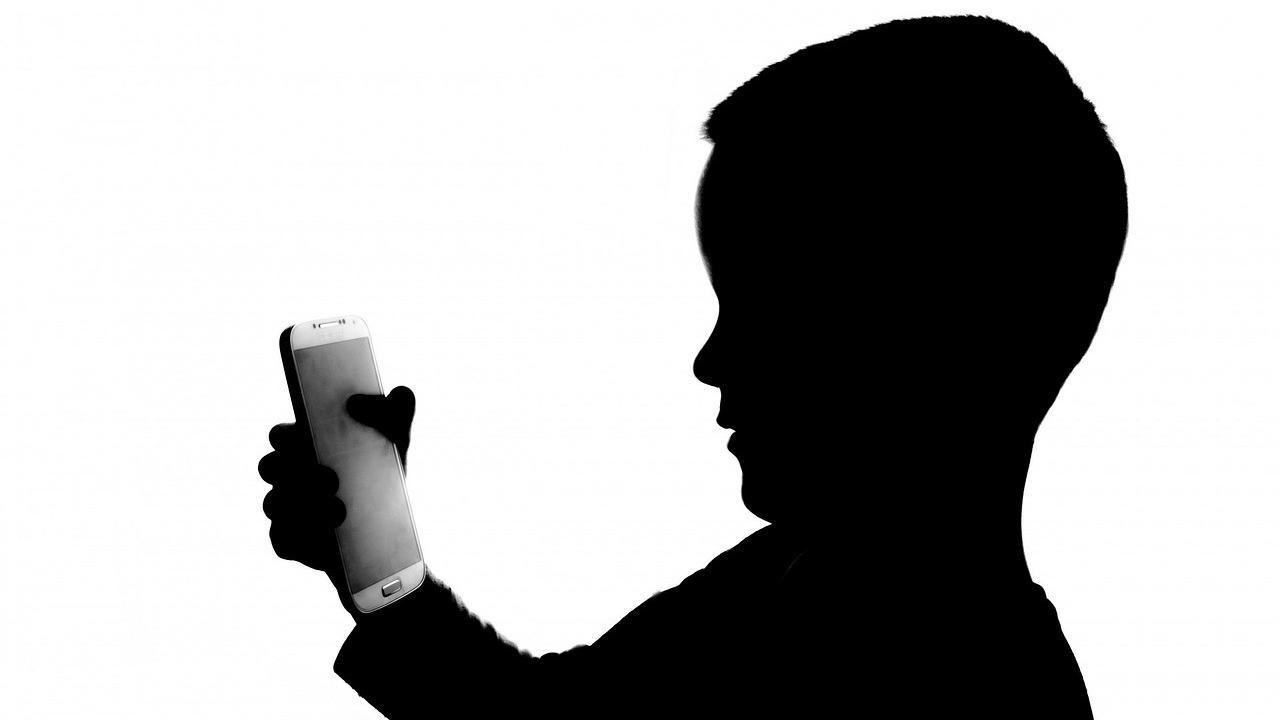By Wendy Baribeau, LAMFT
Many Catholic parents have decided to give their children computers, smartphones and tablets for a variety of reasons. While nearly all schools in this country, including Catholic ones, have embraced the belief that technology aids learning, most parents are not fully aware of the dangers that unsupervised internet usage creates.
Every day, kids and teens seemed to be glued to their smartphones and devices. Although most parents have a general concern about internet content, lack of offline interests, and attention-span issues, they may not understand the alarming risks that recent studies have revealed. Understanding the risks and admitting your children are vulnerable is the first step to protecting them.
Risk One: Mental Health Disorders are Rising
In 2008, most American teenagers owned a smartphone. Since that time, we have seen an increase in mental health disorders among our nation’s teens. Here are the main concerns:
- Suicide. Teen suicide rates have increased 56 percent since 2007. Teens who spend three hours or more per day on electronic devices are 35 percent more likely to have at least one suicide risk factor, including hopelessness, lack of meaning, or lost interest in life. Children taking their life by suicide at younger ages today than ever before.
- Anxiety. Research shows risks of mental health disorders increase with screen time of two hours or more per day.
- Addiction. A recent research study imposed a 24-hour media abstinence period. These teens reported feeling “paralyzed, going crazy, emptiness, tortured, and insecure,” all of which are classic withdrawal symptoms from substance abuse and dependency.
Risk Two: Underdeveloped Brains More Susceptible
An individual’s brain is not fully developed until age 25. The frontal lobes, which handle judgment, insight and impulse control, are the least mature region of the teenage brain. In addition, a little bit of stimulation to a growing teenage brain leads to strong craving for more rewards that can easily become an addition. This explains why teens become addicted to things quicker and recovery is harder.
Interestingly, 70 percent of teens say they want parents to set online filters, although they probably won’t tell their parents directly. Perhaps this is because God created an ordered relationship between parents and children. According to the Catechism of the Catholic Church, “the fourth commandment …. requires honor, affection, and gratitude toward elders and ancestors.” (CC2199)
In addition, “this commandment includes and presupposes the duties of parents, instructors, teachers, leaders, magistrates, those who govern, all who exercise authority over others or over a community of persons.” (CC2199)
We cannot rely on teenagers to monitor themselves. Parents have a moral obligation to protect their children and teenagers from these dangers.
Risk Three: Pornography More Dangerous Than Ever
Pornography may be one of the most common concerns for Catholic parents today. The Catechism of the Catholic Church teaches that:
“Pornography consists in removing real or simulated sexual acts from the intimacy of the partners, in order to display them deliberately to third parties. It offends against chastity because it perverts the conjugal act, the intimate giving of spouses to each other. It does grave injury to the dignity of its participants (actors, vendors, the public), since each one becomes an object of base pleasure and illicit profit for others. It immerses all who are involved in the illusion of a fantasy world. It is a grave offense.” (CC2354)
However, pornography exposure goes way beyond even these serious moral offenses today. Here are some growing issues:
- Age of Exposure. The age when children are viewing pornography for the first time is getting younger. The average age children are seeing porn today is 11 years old, and children rarely tell their parents.
- Wrong Perspective. In addition, most teens don’t think porn is bad for society, and many view it as sex education.
- Portrayal of Sex. The content of modern porn is not about sex but violence, degradation of women, and the most extreme sexual acts. The violence, aggression and rape in porn has undoubtedly contributed to the #MeToo culture we live in today.
- Addiction. Pornography is extremely addictive and both teens and adults find it incredibly hard to stop.
- Sexual Problems. Porn contributes to erectile dysfunction and sexual aggression, including child on child.
- Mental Health Problems. Porn increases ADHD symptoms, depression, loneliness, and anxiety.
- Fuels Child Pornography. Adult pornography fuels the demand for child porn and human trafficking. Children and teenagers are making porn themselves and at times, uploading it to social media. The porn industry makes over $100 billion dollars per year and is aggressively marketing to young potential customers. Large, powerful technology companies are accomplices.
Risk Four: Social Media Magnifies Peer Pressure
Although social media use is not as addictive as pornography, it introduces a new level of problematic peer pressure. Snapchat brags on its website that its daily active users open the app on average 25 times per day. Here are common social media issues:
- Fear of Missing Something. Teens are naturally worried about missing out, but social media magnifies this fear with 24/7 pressure to keep up. This results in feelings of loneliness and marginalization.
- Cyberbullying. Cyberbullying can be traumatic and extremely hostile including comments such as “you should kill yourself.”
- Sexting. Not only is this morally problematic, but it is illegal for teens to possess nudes of anyone under the age of 18.
- Perfectionism. Photoshop-style filters on Snapchat create an unrealistic standard of “beauty” for young girls.
- Uneducated Education. Teens are “educating” other teens about sensitive and complex topics such as eating disorders, abortion, depression, cutting, medications, and LGBT issues.
Risk Five: Video Games Fuel Addiction and Dangerous Behavior
In June 2018, the World Health Organization classified “gaming disorder” as a mental health disorder because the effects of excessive gaming are severe. Gaming is highly addictive. More symptoms of ADHD were found in adolescents who played video games for one hour per day. Some of the most popular games include extreme violence, porn, theft, and gambling. Many modern games encourage isolation. Recent studies show correlation between violent video games and physical aggression.
Risk Six: Sophisticated Predators Lurk
The internet has been a boon for pedophiles, sex offenders and predators due to its anonymity and accessibility to kids. Many kids and teenagers enjoy meeting “new friends” or, to parents, “creepy strangers” online. Many even prefer it over face-to-face communication.
Predators are notoriously patient and methodical in the grooming process. They use pornography to lure kids and teens. They use social media sites, email, and gaming chat rooms to slowly build a relationship with unsuspecting or lonely children. Many young girls are harassed for nudes on social media but are too embarrassed to tell an adult. Teenagers can “fall in love” with someone they have never met in person.
Risk Seven: Problematic Programming
Failing to supervise children in selecting TV, movies and videos online creates another risk. Many TV shows and movies rated 13+ will have sex, violence, drug and alcohol use, mental illness, and dangerous pranks without portraying any realistic consequences.
In 2018, Netflix aired a TV series called “13 Reasons Why” that glamorized the story of a teen girl who died by suicide, ignoring the laws on responsible suicide reporting by media companies. Videos on YouTube and YouTube for kids are not censored and showcase the best and worst of humanity from around the globe. Teens watching dangerous pranks and dares often try to imitate them.
Many issues associated with children and teens’ modern use of smartphones can be considered scandalous, and parents have a moral obligation to take action. According to the Catechism of the Catholic Church, “Scandal can be provoked by laws or institutions, by fashion or opinion. Therefore, they are guilty of scandal who establish laws or social structures leading to the decline of morals and the corruption of religious practice, or to social conditions that, intentionally or not, make Christian conduct and obedience to the Commandments difficult and practically impossible.” (2286)
Next Week: Practical tips for parents on using internet filters, adding parental controls, managing screen time, and more.
About Wendy Baribeau, LAMFT

Wendy is a Catholic wife, mother, and Marriage and Family Therapist located in Marietta, GA. For more information about her, please visit Holy Family Counseling Center.
